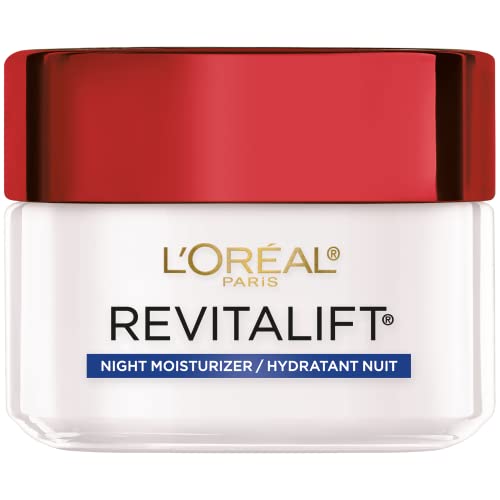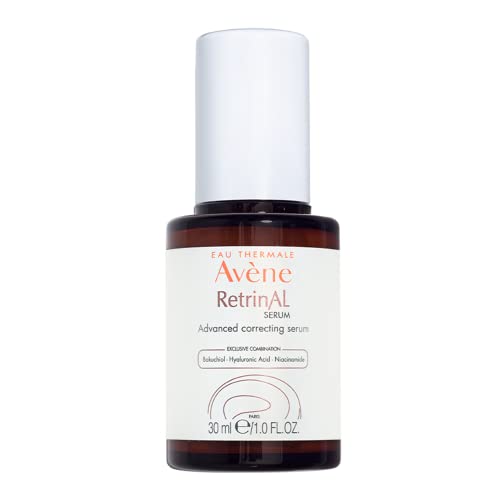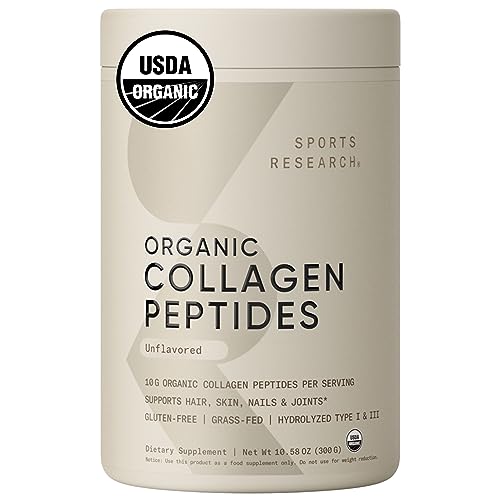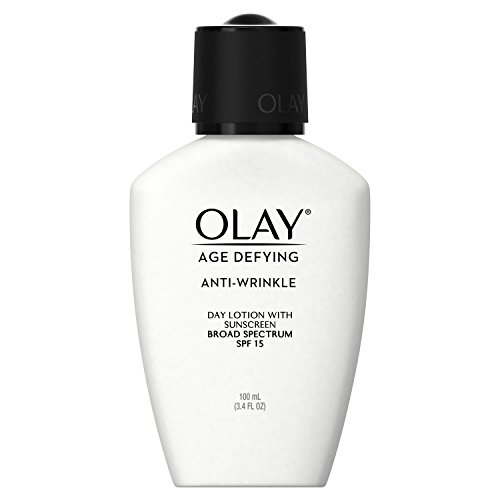
Face Rejuvenating Creams vs. Serums
Do you ever find yourself standing in front of the skincare aisle, feeling overwhelmed by the countless options of face rejuvenating products? We’ve all been there. With so many choices, it can be difficult to know which one is right for you. That’s why we’re here to help. In this blog post, we’ll dive into the world of face rejuvenating creams and serums, discussing their differences and benefits. Our goal is to provide you with the knowledge you need to make an informed decision and achieve the youthful, glowing skin you deserve. So, let’s get started on this journey to radiant skin together.
Discover the top-rated creams for youthful and glowing skin






What are face rejuvenating creams?
Face rejuvenating creams are skincare products specifically designed to improve the appearance and texture of the facial skin. These creams are formulated with a combination of active ingredients that target various signs of aging and promote a youthful and radiant complexion.



Main Ingredients in Face Rejuvenating Creams
- Retinol: Retinol is a derivative of vitamin A and is known for its anti-aging properties. It stimulates collagen production, reduces the appearance of wrinkles and fine lines, and improves skin elasticity.
- Hyaluronic Acid: Hyaluronic acid is a powerful humectant that helps to hydrate and plump the skin, minimizing the appearance of wrinkles and giving the skin a smoother texture.
- Peptides: Peptides are amino acids that stimulate collagen production and help to improve the firmness and elasticity of the skin. They also aid in reducing the appearance of wrinkles and fine lines.
- Vitamin C: Vitamin C is a potent antioxidant that helps to brighten the skin, fade dark spots, and protect against environmental damage. It also stimulates collagen production for a more youthful complexion.
- Glycolic Acid: Glycolic acid is an alpha hydroxy acid (AHA) that exfoliates the skin, removing dead skin cells and promoting cell turnover. This results in a smoother and more even complexion.
- Niacinamide: Niacinamide, also known as vitamin B3, helps to improve the skin’s barrier function, reduce redness, and minimize the appearance of pores. It also has anti-inflammatory properties, making it suitable for sensitive skin.
Benefits of Using Face Rejuvenating Creams
- Reduction of Wrinkles and Fine Lines: The active ingredients in face rejuvenating creams, such as retinol and peptides, work together to stimulate collagen production and reduce the appearance of wrinkles and fine lines.
- Improved Skin Texture: Regular use of face rejuvenating creams can help to improve the overall texture of the skin, making it smoother and more even.
- Hydration and Moisturization: Many face rejuvenating creams contain ingredients like hyaluronic acid, which provide intense hydration to the skin, improving its moisture levels and plumping effect.
- Brightened Complexion: Face rejuvenating creams often contain vitamin C, which helps to brighten the skin, fade dark spots, and even out skin tone.
- Exfoliation: Some face rejuvenating creams contain alpha hydroxy acids (AHAs), like glycolic acid, which gently exfoliate the skin, removing dead skin cells and revealing a brighter complexion.
- Improved Skin Barrier Function: Ingredients like niacinamide help to strengthen the skin’s natural barrier, improving its ability to retain moisture and protect against environmental damage.
Drawbacks and Limitations
While face rejuvenating creams offer numerous benefits, it’s important to be aware of their limitations:
- Results may take time: It can take several weeks or even months of consistent use before noticeable results are seen. Patience and consistency are key.
- Not suitable for all skin types: Some ingredients, like retinol or glycolic acid, can be too harsh for sensitive or reactive skin types. It’s important to choose a cream suitable for your specific skin needs.
- Potential for skin irritation: Some individuals may experience skin irritation, redness, or dryness when using certain active ingredients. It’s recommended to do a patch test before applying the cream to your entire face.
- Limited effectiveness on deep wrinkles: While face rejuvenating creams can help minimize the appearance of wrinkles and fine lines, they may have limited effectiveness on deep wrinkles. In such cases, professional treatments may be more suitable.
In conclusion, face rejuvenating creams can be a valuable addition to your skincare routine, offering a range of benefits such as reducing wrinkles, improving skin texture, and brightening the complexion. However, it’s important to choose a cream that suits your skin type and be patient with the results. Remember, consistency is key to achieving the desired effects.
What are serums?
Serums have become an increasingly popular skincare product, but what exactly are they? In this section, we will provide an in-depth overview of serums and their unique formulation. We will discuss the key ingredients in serums and explain how they differ from creams in terms of texture, absorption, and potency.



Understanding Serums
Serums are lightweight skincare products that are formulated with high concentrations of active ingredients. Unlike creams or lotions, serums have a fluid consistency, allowing them to penetrate deeper into the skin. This enables serums to deliver targeted treatments and address specific skincare concerns.
Key Ingredients in Serums
Serums are packed with powerful ingredients that target various skin concerns. Here are some common ingredients found in serums:
- Hyaluronic acid: A hydration powerhouse that retains moisture and plumps the skin, reducing the appearance of fine lines and wrinkles.
- Vitamin C: A potent antioxidant that brightens the skin, evens out skin tone, and stimulates collagen production.
- Retinol: A derivative of vitamin A that helps reduce the signs of aging, including fine lines, wrinkles, and dark spots.
- Niacinamide: Also known as vitamin B3, this ingredient helps regulate oil production, minimize pores, and improve skin texture.
- Peptides: These amino acids stimulate collagen production and help improve skin elasticity and firmness.
The Difference from Creams
Serums differ from creams in several ways, including texture, absorption, and potency. Here’s a breakdown of their differences:
- Texture: Serums are lightweight and have a watery or gel-like consistency, making them easily absorbed into the skin. Creams, on the other hand, tend to be thicker and heavier.
- Absorption: Due to their lightweight formulation, serums are quickly absorbed by the skin, allowing the active ingredients to penetrate deeply. Creams, while still effective, may take longer to absorb.
- Potency: Serums contain higher concentrations of active ingredients, making them more potent and targeted than creams. This means that serums are particularly effective for treating specific skincare concerns, while creams are better suited for general hydration and moisturization.
Benefits of Serums
Serums offer a wide range of benefits for your skin. Here are some key advantages:
- Targeted Treatment: Serums are formulated with high concentrations of active ingredients, allowing them to specifically target and address skincare concerns such as wrinkles, dark spots, or dryness.
- Lightweight and Fast Absorbing: The lightweight texture of serums ensures quick absorption, making them ideal for layering with other skincare products and for use under makeup.
- High Potency: The high concentration of active ingredients in serums ensures maximum effectiveness in addressing specific skincare concerns.
- Versatility: Serums can be used by individuals with various skin types and concerns, as there are serums available for hydration, brightening, anti-aging, and more.
In conclusion, serums offer a potent and targeted solution for various skincare concerns. With their lightweight texture, high concentration of active ingredients, and quick absorption, serums are a valuable addition to any skincare routine. Whether you want to combat signs of aging, improve skin texture, or boost hydration, serums can provide the extra boost your skin needs.
Comparing effectiveness
When it comes to achieving youthful and rejuvenated skin, the market is flooded with countless options, making it challenging to find the most effective solution. Among the popular choices are face rejuvenating creams and serums. In this section, we will compare the effectiveness of these two skincare products and help you make an informed decision.



Addressing Common Skin Concerns
Wrinkles
- Face Rejuvenating Creams often contain ingredients like retinol and peptides, which can help reduce the appearance of wrinkles by promoting collagen production and improving skin elasticity.
- Serums, particularly those with hyaluronic acid, can deeply hydrate the skin, plumping up fine lines and reducing the visibility of wrinkles.
Fine Lines
- Creams with ingredients like antioxidants and alpha hydroxy acids can effectively minimize fine lines, giving the skin a smoother texture.
- Serums that contain peptides and vitamins can also help reduce the appearance of fine lines by promoting cell turnover and stimulating collagen production.
Uneven Skin Tone
- Creams often include ingredients such as niacinamide and licorice extract, which can help fade dark spots, hyperpigmentation, and even out skin tone.
- Serums containing vitamin C can help brighten the skin and fade dark spots, promoting a more even complexion.
Factors to Consider
Cost
- Creams tend to be more affordable than serums, making them a popular choice for those on a budget.
- Serums usually come in smaller bottles but are more concentrated, requiring less product per application. Although they may be pricier, they can last longer.
Time Required to See Results
- Creams typically show visible results over a longer period, often taking several weeks or months of consistent use.
- Serums are known for their fast-absorbing nature, making them more efficient in delivering active ingredients to the skin. Results may be noticeable within a shorter timeframe.
Choosing the right option
When it comes to skincare, choosing the right option can make a world of difference. With so many creams, serums, and treatments available, it’s important to consider your individual needs and preferences. In this section, we will provide guidance on selecting the best option for you, taking into account factors such as skin type, desired results, and budget. We will also share tips for incorporating creams and serums into your skincare routine.



Factors to Consider
Skin Type
Understanding your skin type is crucial in determining which products will work best for you. Here are some common skin types and the products that are often recommended for each:
- Dry Skin: Look for moisturizing creams and serums that provide intense hydration.
- Oily Skin: Choose lightweight, oil-free products that won’t clog your pores.
- Combination Skin: Opt for products that balance both dry and oily areas of your skin.
Desired Results
Consider what specific results you are looking to achieve with your skincare routine. Here are some examples and the types of products that can help:
- Anti-Aging: Look for creams and serums containing ingredients like retinol, hyaluronic acid, and peptides.
- Acne Treatment: Consider products with salicylic acid, benzoyl peroxide, or tea tree oil to combat breakouts.
- Brightening: Look for products that contain vitamin C or niacinamide to help even out your skin tone.
Budget
Your budget is another important factor to consider. Skincare products can range from affordable to luxurious. It’s essential to find options that fit within your budget while still meeting your needs. Here are a few things to keep in mind:
- Higher price doesn’t always mean better quality. Many affordable options offer excellent results.
- Consider the size of the product and how long it will last. Sometimes a larger container may be more cost-effective in the long run.
- Don’t forget to factor in any additional costs, such as shipping fees or taxes, when making your decision.
Tips for Incorporating Creams and Serums
Once you have chosen the right option for your skincare needs, it’s time to incorporate it into your routine effectively. Here are some tips to help you get started:
- Cleanse your face: Before applying any creams or serums, make sure your face is clean and free from any makeup or dirt.
- Apply a small amount: A little goes a long way with skincare products. Start with a small amount and gradually increase if needed.
- Massage in gentle circular motions: To ensure proper absorption, gently massage the product into your skin using upward circular motions.
- Give it time to absorb: Allow the product to fully absorb into your skin before applying any additional products.
- Follow with moisturizer and sunscreen: After using creams or serums, it’s essential to moisturize your skin and protect it from the sun’s harmful rays with a broad-spectrum sunscreen.
Making an informed choice for youthful skin
In conclusion, when it comes to face rejuvenation, there is no one-size-fits-all solution. Face rejuvenating creams and serums each have their own advantages, and the decision between the two should be based on personal preferences and skin needs. Seeking guidance from a skincare expert is recommended to find the most suitable option for your specific concerns.

Hey, I’m Ava Wilson—a skincare enthusiast and a certified esthetician. I’m dedicated to sharing my knowledge and empowering others to achieve healthy, glowing skin through simple, effective routines and natural remedies. Join me on this exciting skincare journey, and let’s unlock your skin’s potential for a confident, beautiful you.





